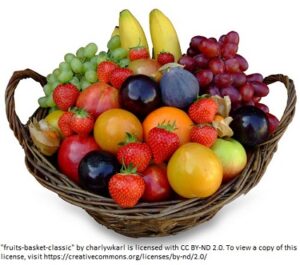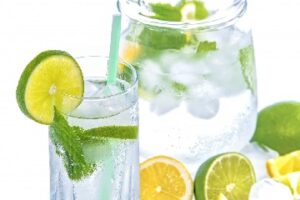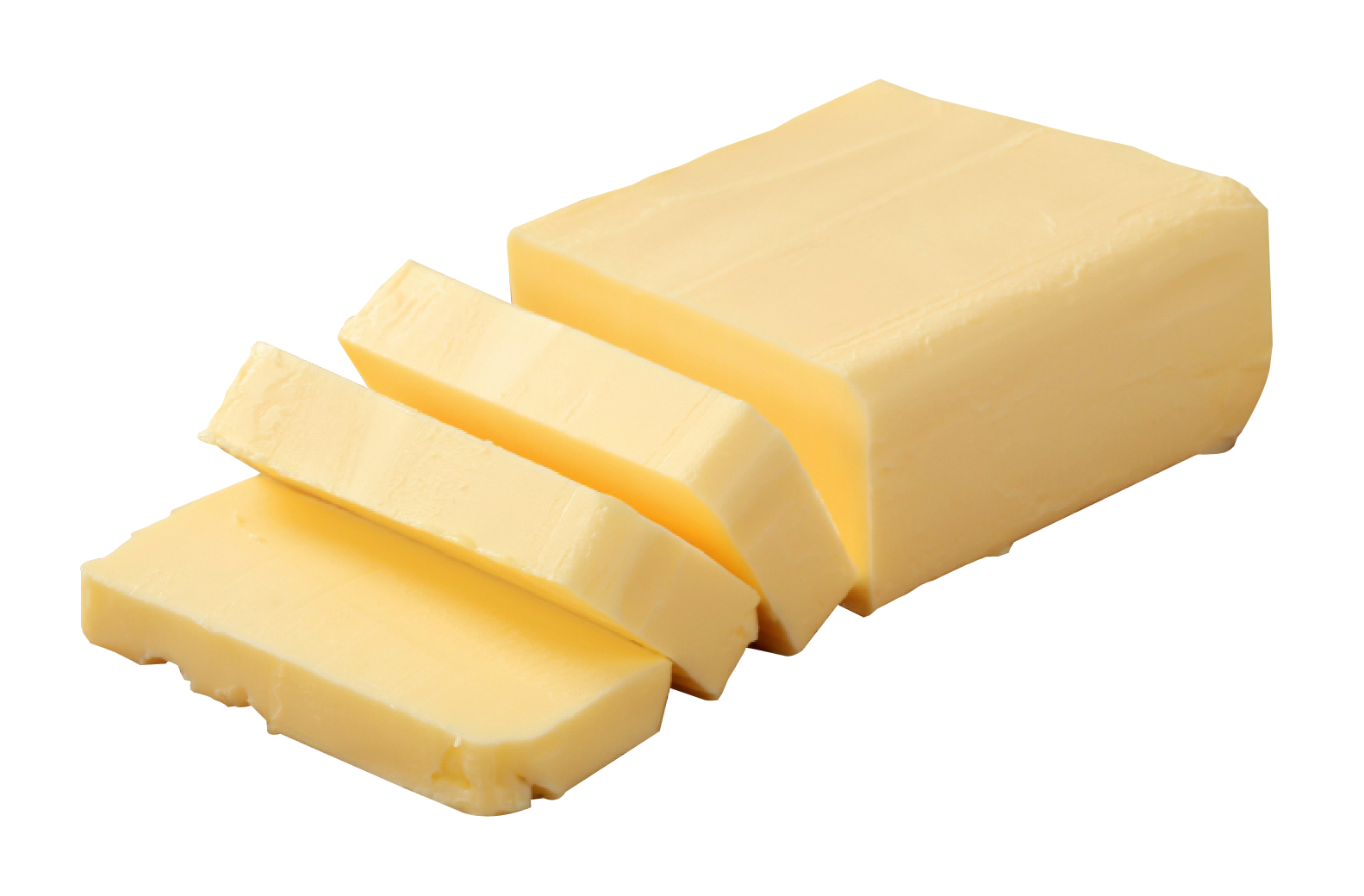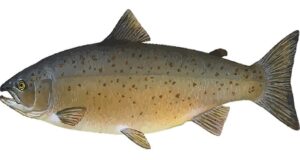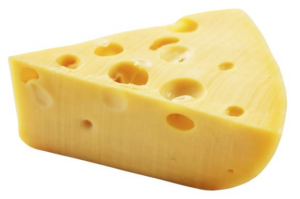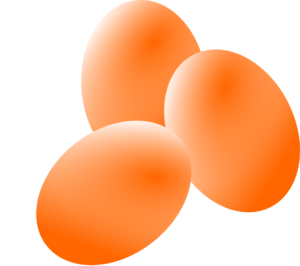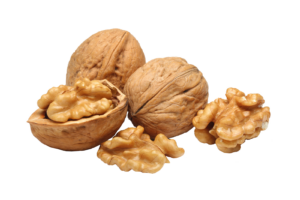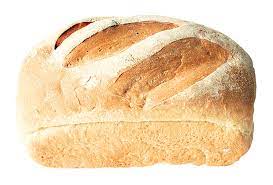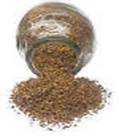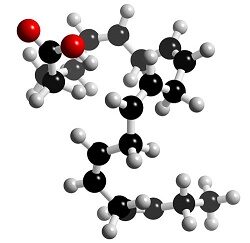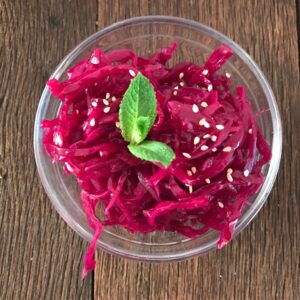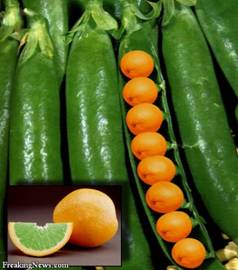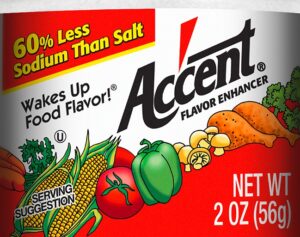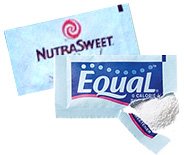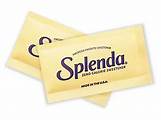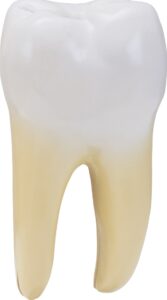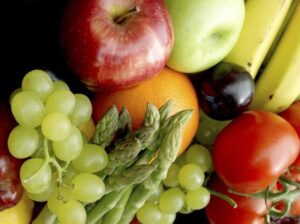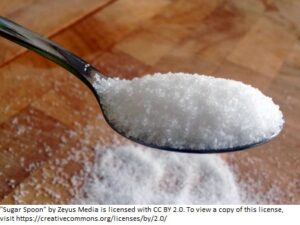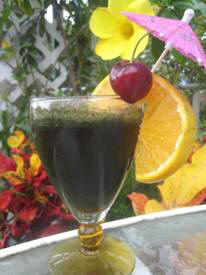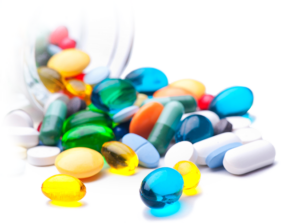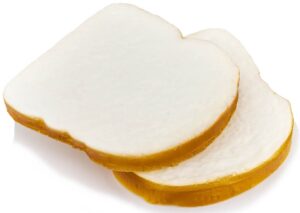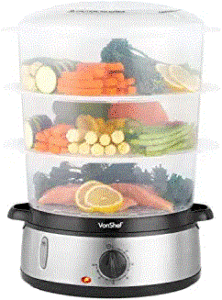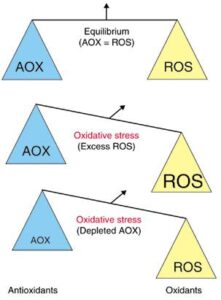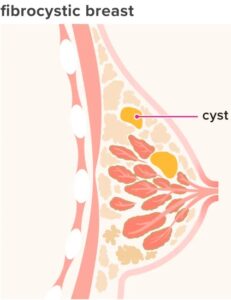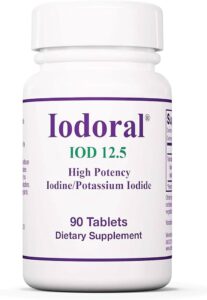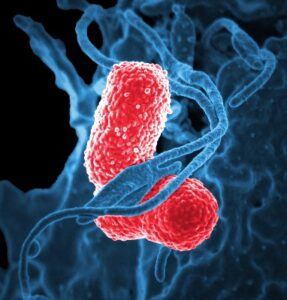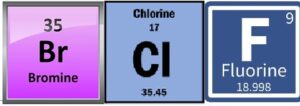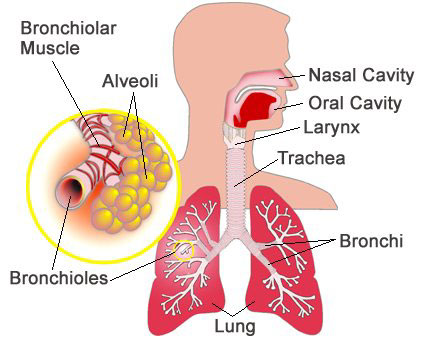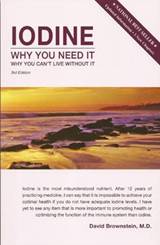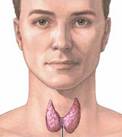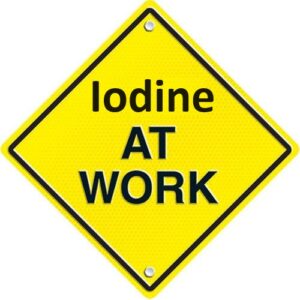
3 forms of iodine
Iodine (I2)
Elemental form has two iodine atoms covalently bonded (ie sharing an electron); aka molecular or granular iodine.
An oxidant. SInce it is missing an electron in its outer valance shell, it readily accepts an electron to become an iodide ion. Potable water disinfectant treatments have a long history using concentrations of 2-7 mg/L (ppm); added to water, it hydrolyses to form iodide and hypoiodous acid (HIO) – an oxidant with an oxidizing potential of .987 V, almost twice that of iodine at 0.535V); it is most effective as a disinfectant when pH is near neutral to mildly alkaline (pH 7 – 7.5) i.e. blood pH. WHO Documention water sanitation. Link
I2 + H2O <–> HIO + I- + H+ (in the ph 2-7 range)
Kills single-celled microbes (bacteria, virus, fungi, protozoa). Two possible mechanisms are proposed:
– By oxidation (at sufficient concentration);
– May also work by reacting with tyrosine in microbial membrane
I2 form of iodine is rarely found in nature
Iodide (I–)
Iodide is the negatively charged iodine ion (I–). Since it can so easily accept or donate an electron, the iodine ion (I–) is found bound with other elements, such as sodium, potassium, oxygen, hydrogen or carbon to form inorganic salts, or with organic compounds such as the mammalian hormone thyroxine.
An antioxidant. Iodide is an electron donor.
Oceans are the main source of iodine, which bonds easily with water. Rivers travel to the sea, carrying iodine from the soil, and so depleting soil content;
iodide is quickly and almost completely absorbed in the stomach and duodenum.
Triiodine (I3–)
Form of iodine in Lugol’s Solution.
Elemental iodine is added to a potassium iodide solution to make it soluble. Elemental iodine is not very water soluble on its own, but combining it with an aqueous solution of potassium iodide forms triiodide ion (three iodine atoms in linear configuration having an overall negative charge), which is completely soluble in water.
KI (aq) + I2(s) –> KI3–(aq)





